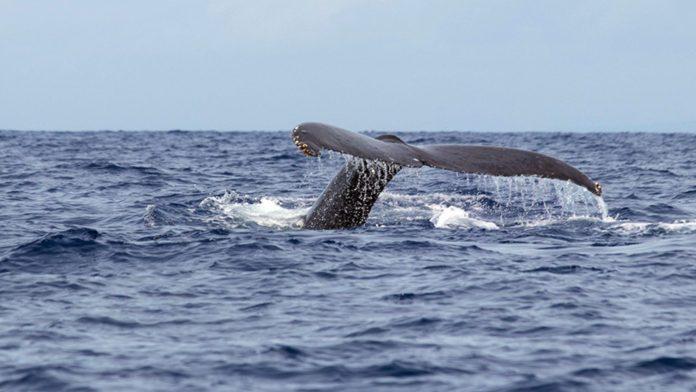Cabo San Lucas, nestled at the southern tip of Mexico’s Baja California Peninsula, is renowned for its stunning coastal landscapes, vibrant marine life, and thrilling water activities. One of the most captivating and awe-inspiring experiences that draw travelers from around the world is whale watching in Cabo.
Every year, majestic whales embark on a long migration journey to the warm waters of Cabo, creating a magical spectacle that leaves visitors in awe. In this blog, we will delve into what you need to know about whale watching in Cabo, including the best time to visit, the types of whales you may encounter, and eco-friendly practices for responsible viewing.
The Best Time for Whale Watching in Cabo
Whale watching season in Cabo San Lucas typically spans from December to April. During this period, the Pacific gray whales make their annual migration from the frigid waters of Alaska to the warmer breeding and calving grounds of Baja California. The peak of the season is from January to March when the highest concentration of whales can be spotted in the region. It is important to note that whale watching tours are subject to weather conditions, so it’s best to plan your visit during the peak months to maximize your chances of witnessing these magnificent creatures up close.
The Types of Whales You May Encounter
Cabo San Lucas is home to a diverse range of whale species, making it an ideal destination for a rich and varied whale watching experience. The most common types of whales you may encounter during your tour include:
- Pacific Gray Whales: These gentle giants are known for their impressive migration journey, which is one of the longest of any mammal. Gray whales are easily recognizable by their mottled gray color and distinctive heart-shaped blowholes.
- Humpback Whales: Humpback whales are a favorite among whale watchers due to their acrobatic displays. They are famous for breaching, tail slapping, and singing complex songs. Humpbacks have unique flippers with white markings, and their long pectoral fins make them easy to identify.
- Blue Whales: These gentle giants have a mottled blue-gray color and a heart-shaped blow. Witnessing a blue whale’s sheer size and grace gliding through the water is a truly humbling experience.
- Orcas Whales: They are highly intelligent and are known for their intricate social structures. Orcas are skilled predators and can be seen hunting seals, sea lions, and even other whale species.
Eco-Friendly Practices for Responsible Whale Watching
Whale watching in Cabo San Lucas is an incredible opportunity to observe these majestic creatures in their natural habitat, but it’s essential to approach the activity with sensitivity and respect for the animals and their environment. Here are some eco-friendly practices for responsible whale watching:
- Choose Ethical Tour Operators: Select tour operators that follow responsible whale watching guidelines and prioritize the safety and well-being of the whales. Look for companies that employ trained naturalist guides and adhere to regulations for maintaining a safe distance from the animals.
- Keep a Safe Distance: It’s crucial to keep a respectful distance from the whales to avoid causing them stress or disturbance. Most countries have guidelines that specify a minimum distance that boats must maintain from marine mammals. In Mexico, it’s typically 100 meters for whales.
- Limit the Duration of Encounters: Prolonged exposure to human presence can disrupt the natural behavior of whales. Limit the duration of each encounter to allow the whales to go about their regular activities without interference.
- Avoid Crowding: Choose tours that operate with small groups to minimize the impact on the whales and their habitat. Avoid crowding around a single whale and allow them the space they need to move freely.
- No Feeding or Harassing: Feeding or attempting to attract whales with food is strictly prohibited, as it can alter their natural behavior and potentially harm them. Similarly, never attempt to touch, feed, or harass the whales.
- Reduce Your Carbon Footprint: When choosing a whale watching tour, opt for companies that prioritize eco-friendly practices, such as using low-emission vessels or offsetting their carbon footprint through conservation initiatives.
The Final Thoughts
Whale watching is an enchanting and educational experience that offers a rare glimpse into the world of these magnificent marine mammals. Witnessing the annual migration of whales is a humbling reminder of the importance of conserving their natural habitat for generations to come. So, if you’re planning a trip to Cabo San Lucas during the whale watching season, rent a Yacht Charters Mexico from Cheers Los Cabos and enjoy the immense beauty.
